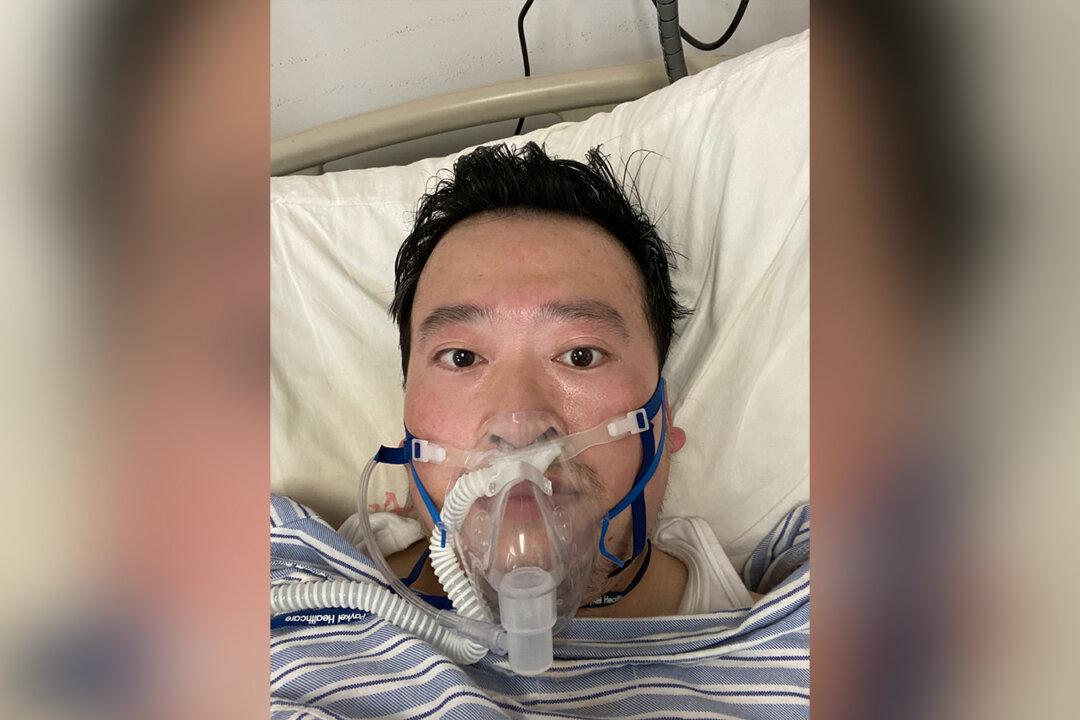This post has been updated to include the latest reported information from Chinese state media.
Li Wenliang, one of the eight whistleblowers who first publicized information about a “SARS-like” outbreak in December 2019 but was later reprimanded by Chinese authorities, died of the coronavirus on Feb. 7 morning, according to state media. He was 34.





